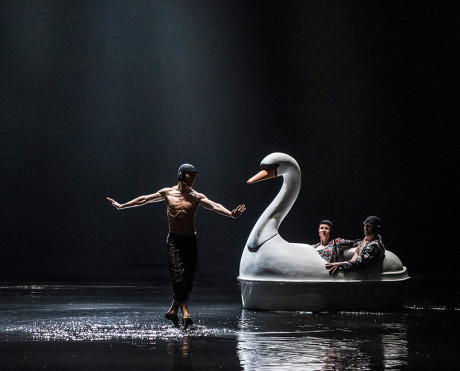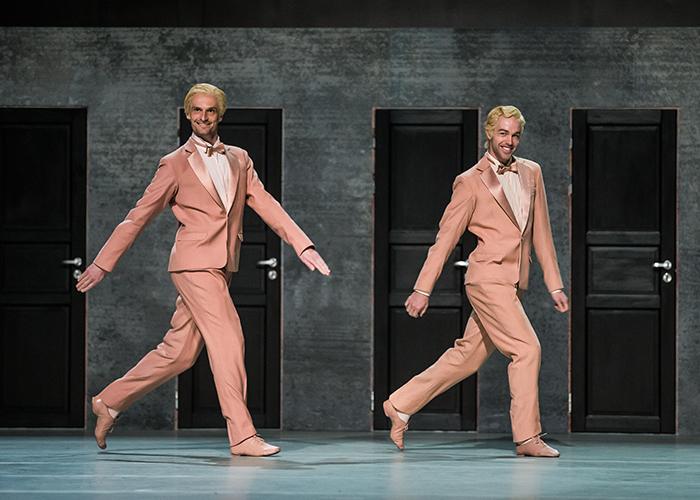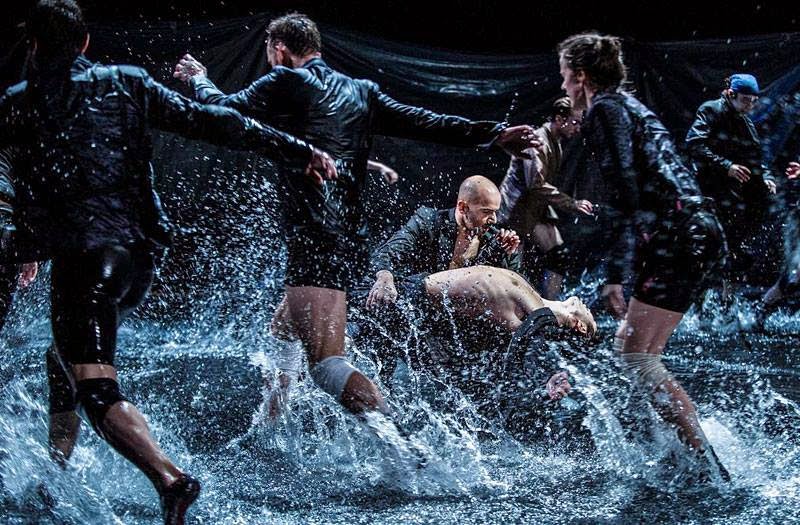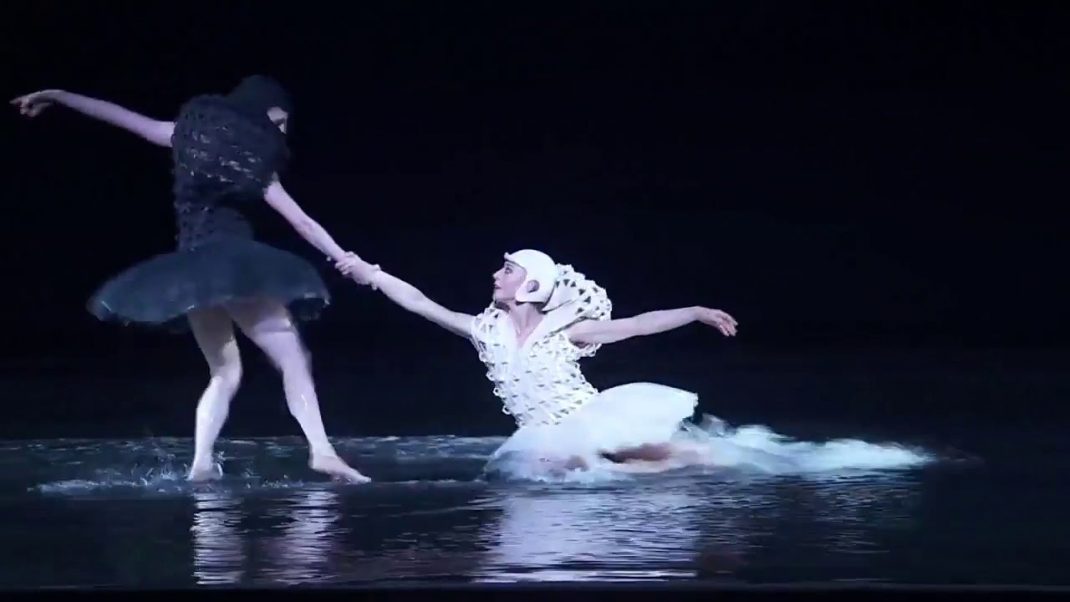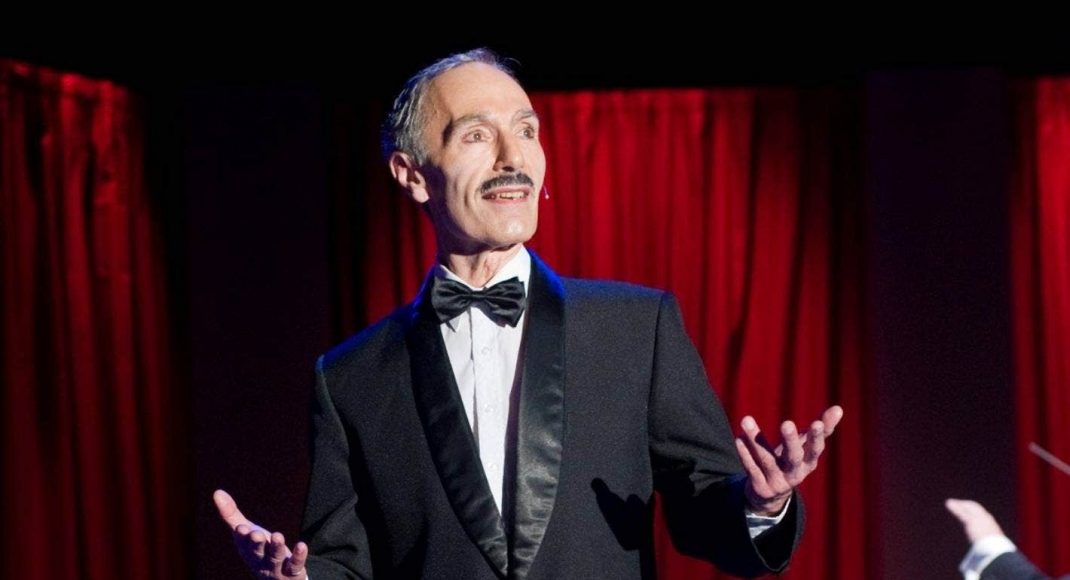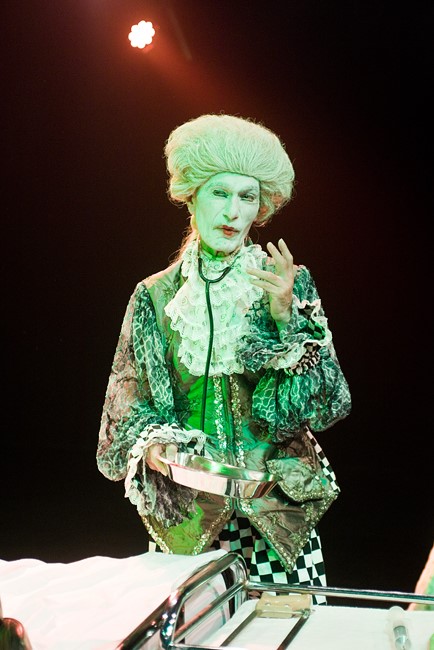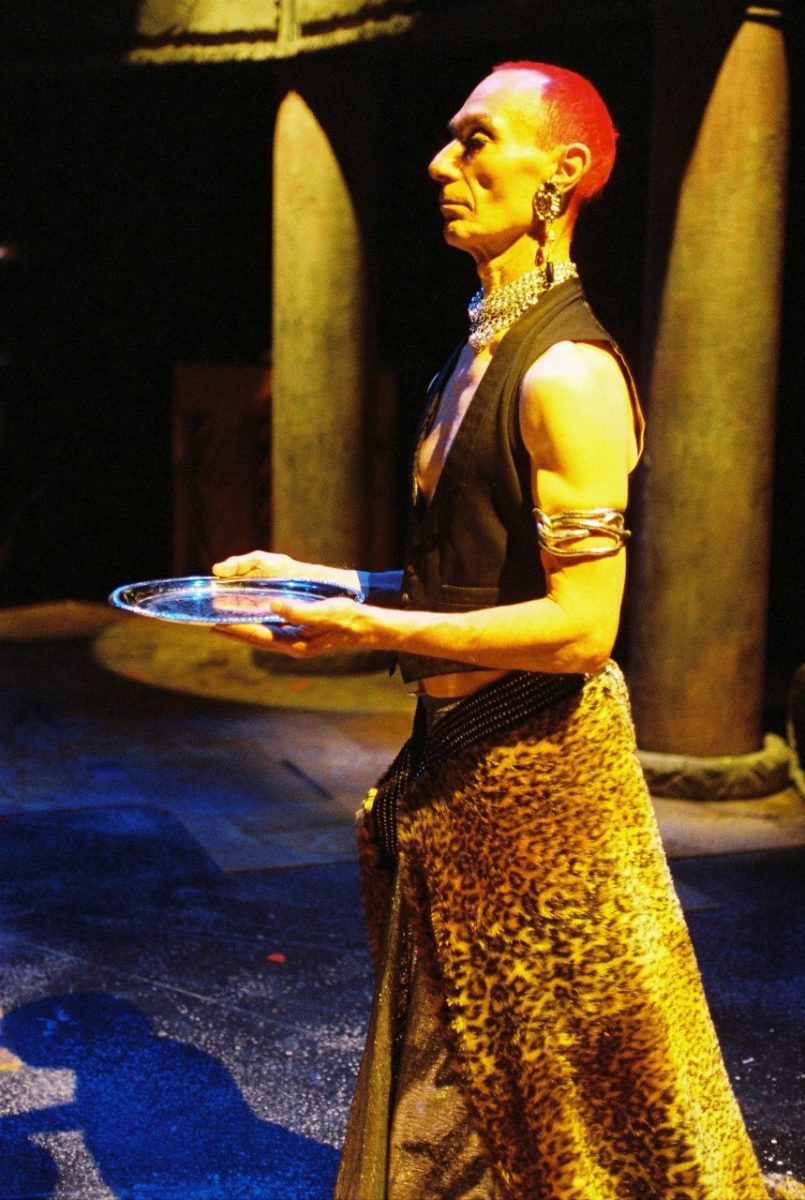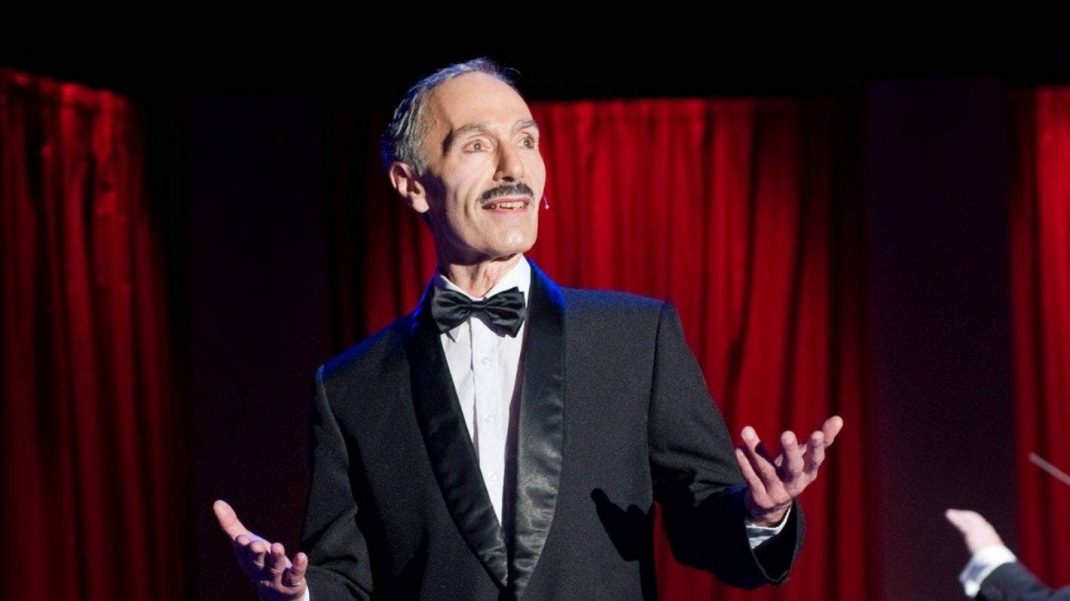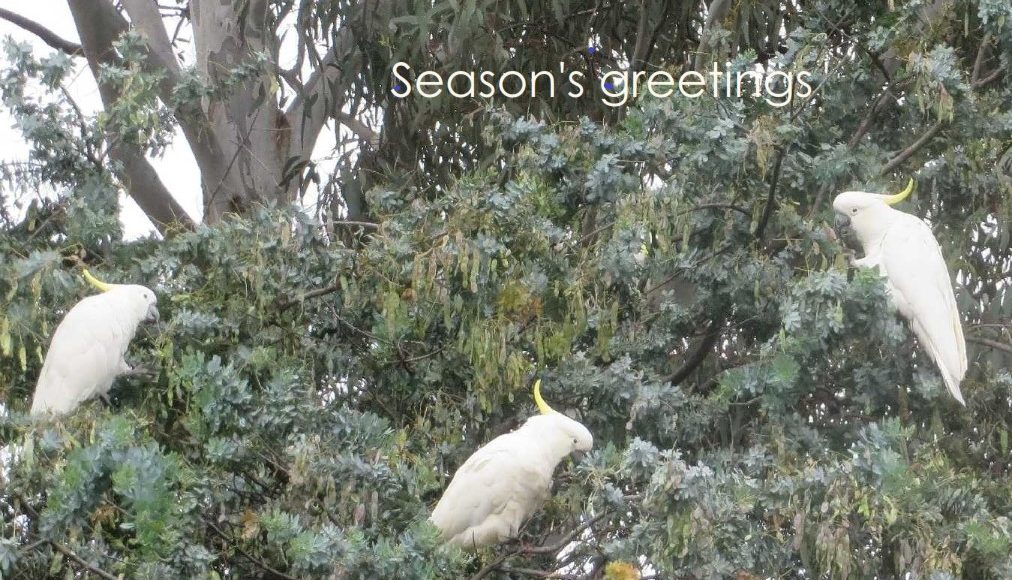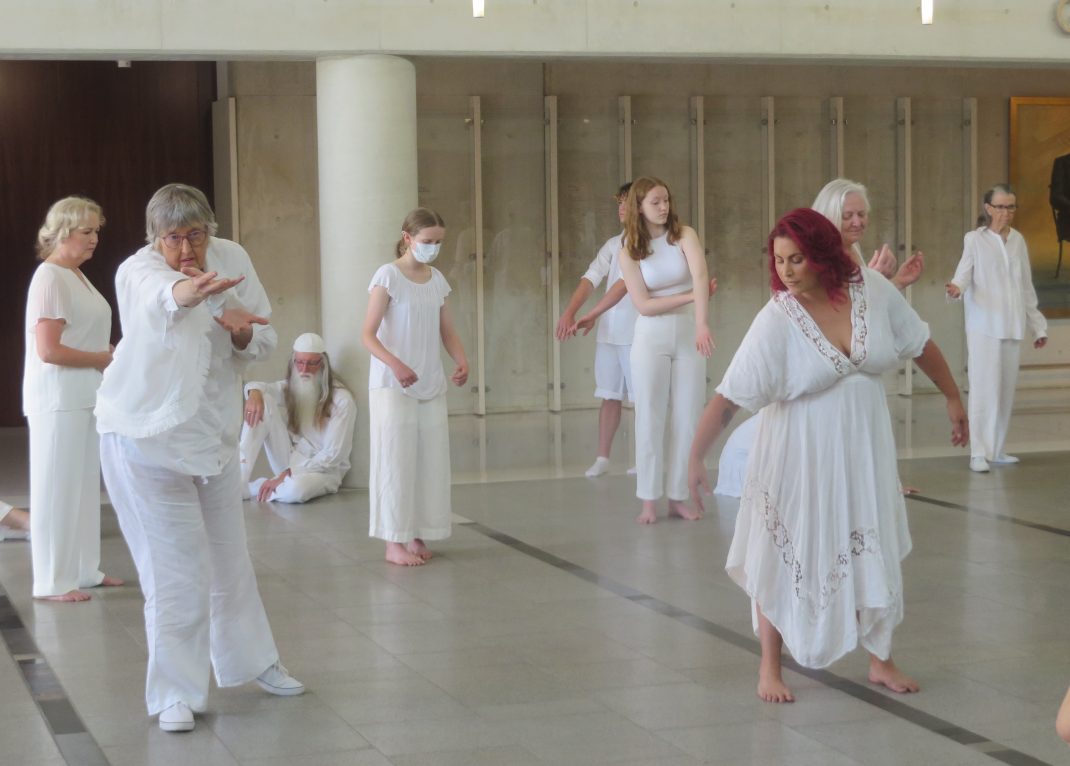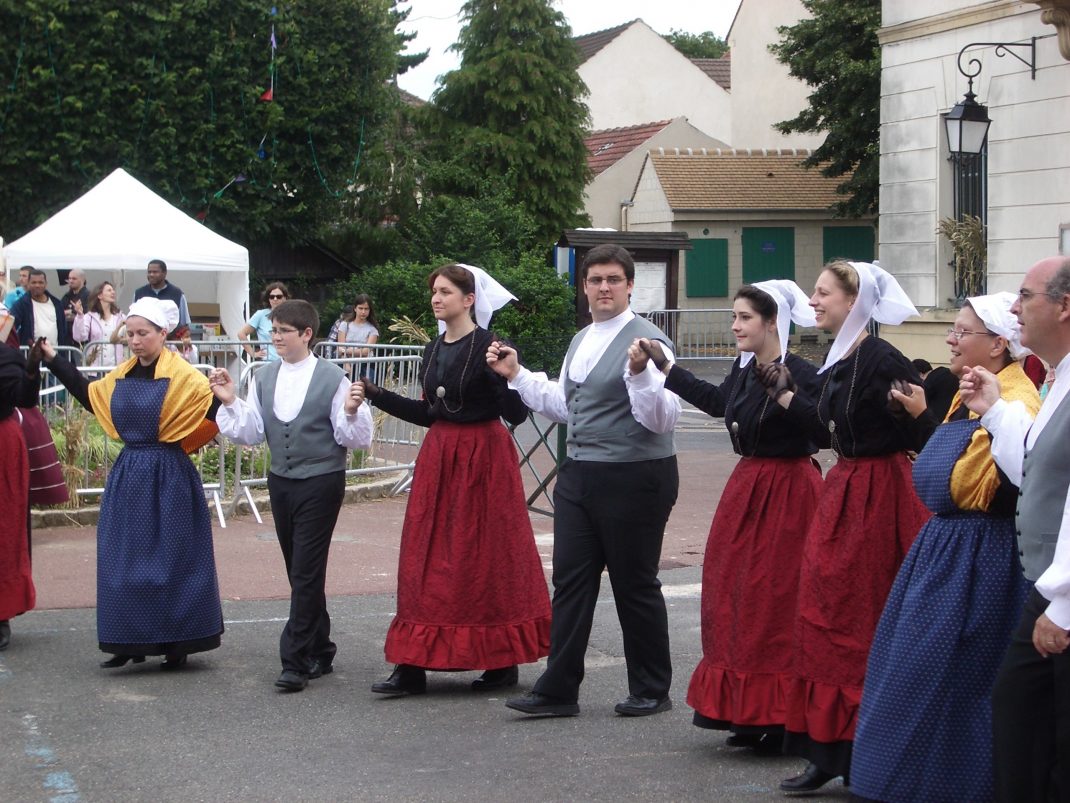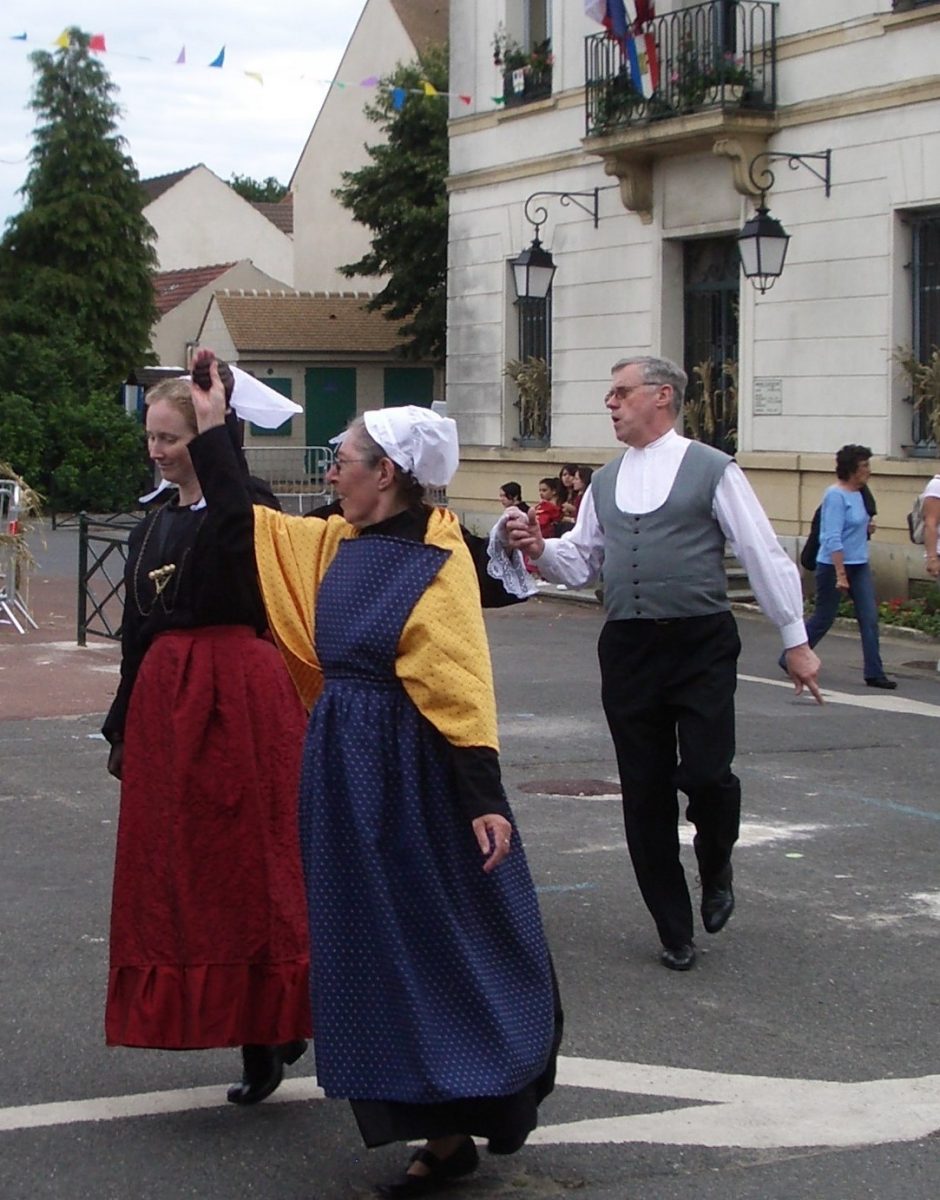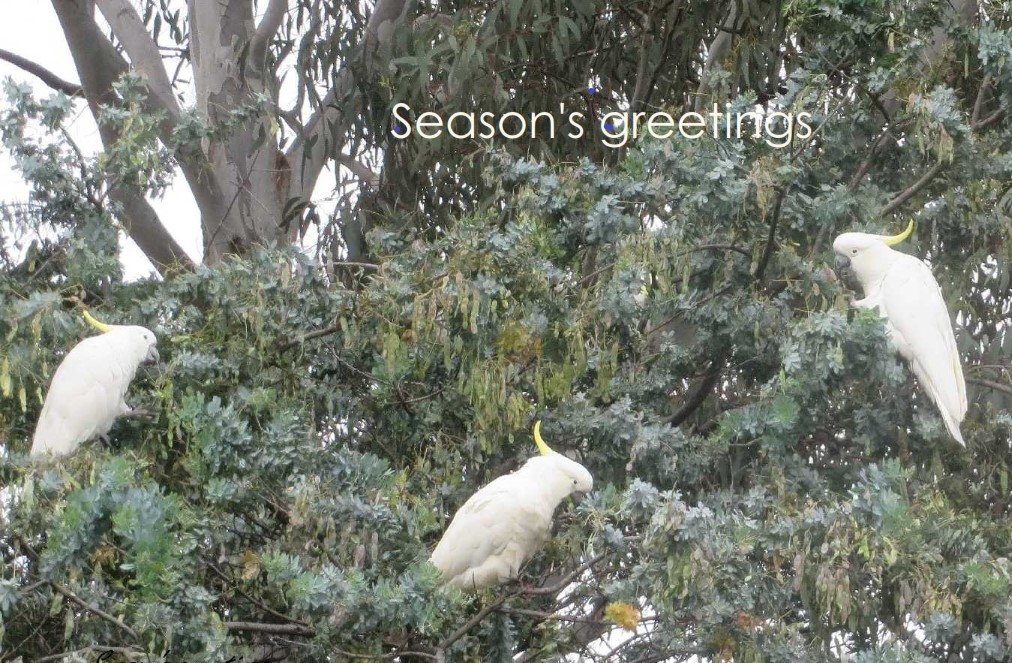12 February 2022, Roslyn Packer Theatre, Sydney
Ever since I began watching productions by Bangarra Dance Theatre (around three decades ago), the aspect of their shows that I have most admired has always been the way in which a story is told through movement. Of course I have loved the fabulous visual and musical aspects of the productions as well—costumes, sets, lighting and score have all contributed beautifully. But dance prevailed as the strongest force.
With this latest production, made jointly with Sydney Theatre Company, somehow dance didn’t prevail any longer. There was some terrific dancing for sure. It was constantly energetic and came from committed dancers. Two performers stood out in particular: the seemingly ageless Elma Kris as Wudjang (‘mother’ in Yugambeh language but with a wider meaning as spirit of Country in this case), and the relatively new artist Lillian Banks as her contemporary manifestation, Gurai. They built up a powerful relationship over the course of the show. But the strongest element in the show to my mind was the spoken and sung word, at times in English and at others in Yugambeh—the latter being the language spoken in the area that Stephen Page, choreographer of the work, recognises as the Country of his ancestry.
Wudjang—not the past was Page’s last production as artistic director of Bangarra. It began with the discovery, by workmen engaged in excavation for the construction of a dam, of ancestral bones, those of Wudjang. It then followed a journey to honour Wudjang with burial in a traditional resting place. Along the way there were scenes where the past was recollected and the present generation was encouraged to move forward with pride and resilience.
Some scenes were confronting, such as that in which one of the characters, Maren, tells of rape and her determination to make those who rape pay for their violence towards Indigenous women. Other characters expressed anger at the raising of a flag claiming territory for ‘the Royal pigsty’. Others showed Indigenous people as curious about the sheep that were being raised by the colonists.
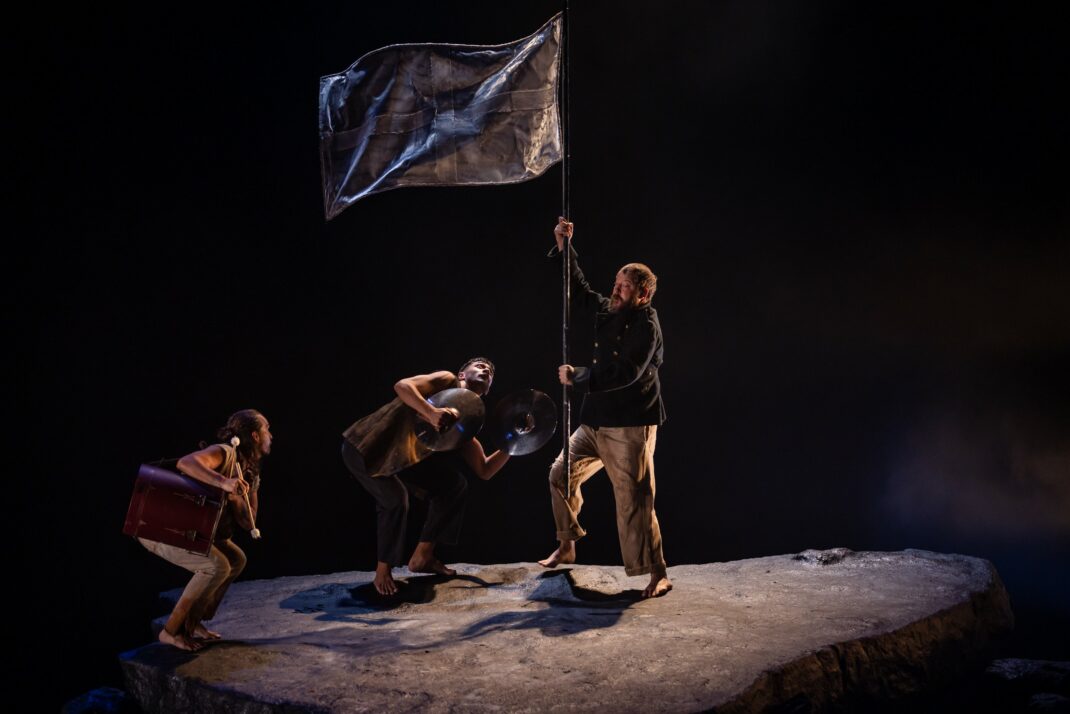
But words and song dominated and it wasn’t always easy to hear and understand what was happening. The music by Steve Francis was played live on stage with musicians occasionally becoming a close part of the action, especially but not always violinist Veronique Serret. Befitting the confronting elements of the storyline, the music frequently sounded strident, but to my mind unnecessarily loud. Often it drowned out the words so it was not always easy to follow the story, especially when the English was highly idiomatic and the Yugambeh language was not understood by me (and I imagine most of the audience). If words are to prevail they have to be heard, and as far as the sections in Yugambeh language were concerned perhaps surtitles in translation would have helped. The major exception was provided by the singing of Elaine Crombie as Maren. She sang (in English) about resilience and survival after rape and she was just brilliant. Every word was clear and the delivery was powerful and defiant.
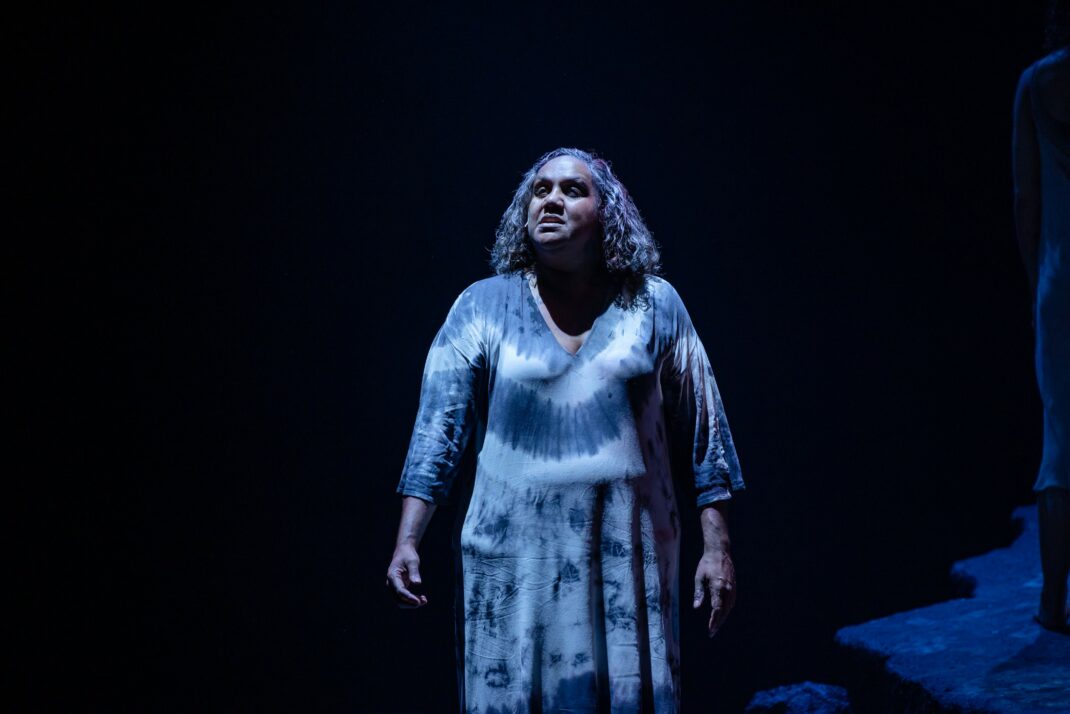
As ever, Jennifer Irwin’s costumes were also just brilliant and hugely diverse. They ranged from the beautiful tie-dyed dress worn by Crombie in certain sections, to the intricate clothing worn by Banks and Kris.
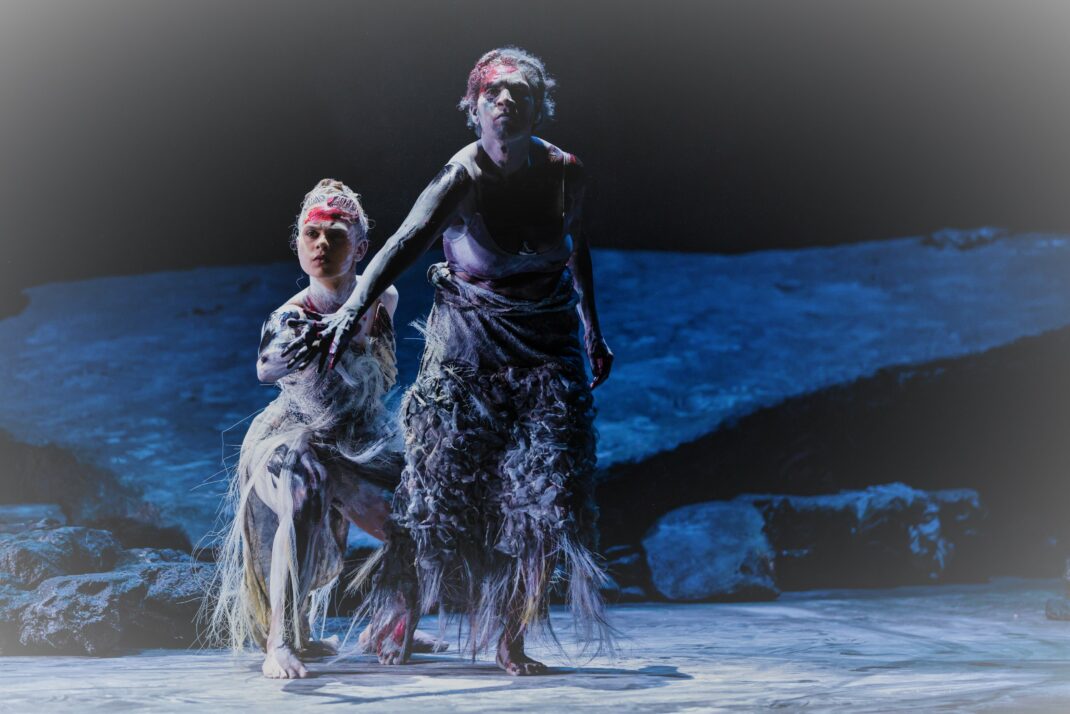
Wudjang —not the past ended with hope in the future as the bones discovered in the opening scene were buried in a traditional manner. But ultimately I was disappointed that the work moved between so many theatrical genres. At times it seemed operatic. At others a bit like musical theatre. I longed for dance to be more powerful, or less dominated by words that were not always comprehensible. Translation was available in the printed program but who can read a program in the dark, not to mention in attempting to do so having to miss what was happening onstage.
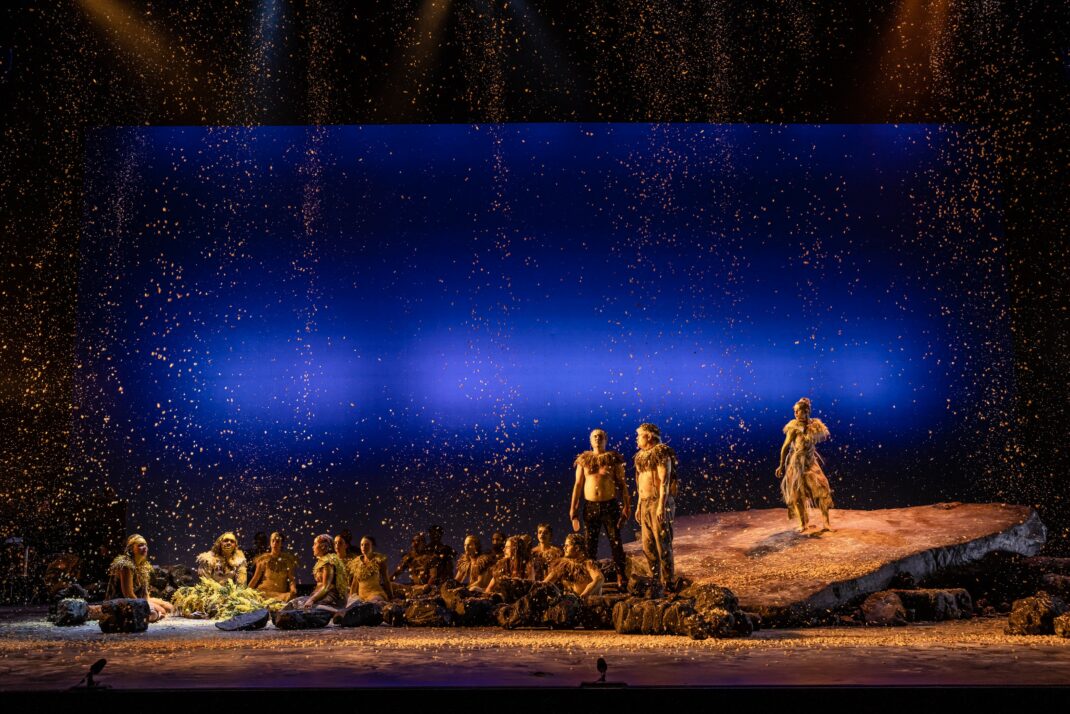
Michelle Potter, 14 February 2022
Featured image: Elma Kris as Wudjang and Lillian Banks as Gurai in Wudjang —not the past. Bangarra Dance Theatre and Sydney Theatre Company, 2022. Photo: © Daniel Boud
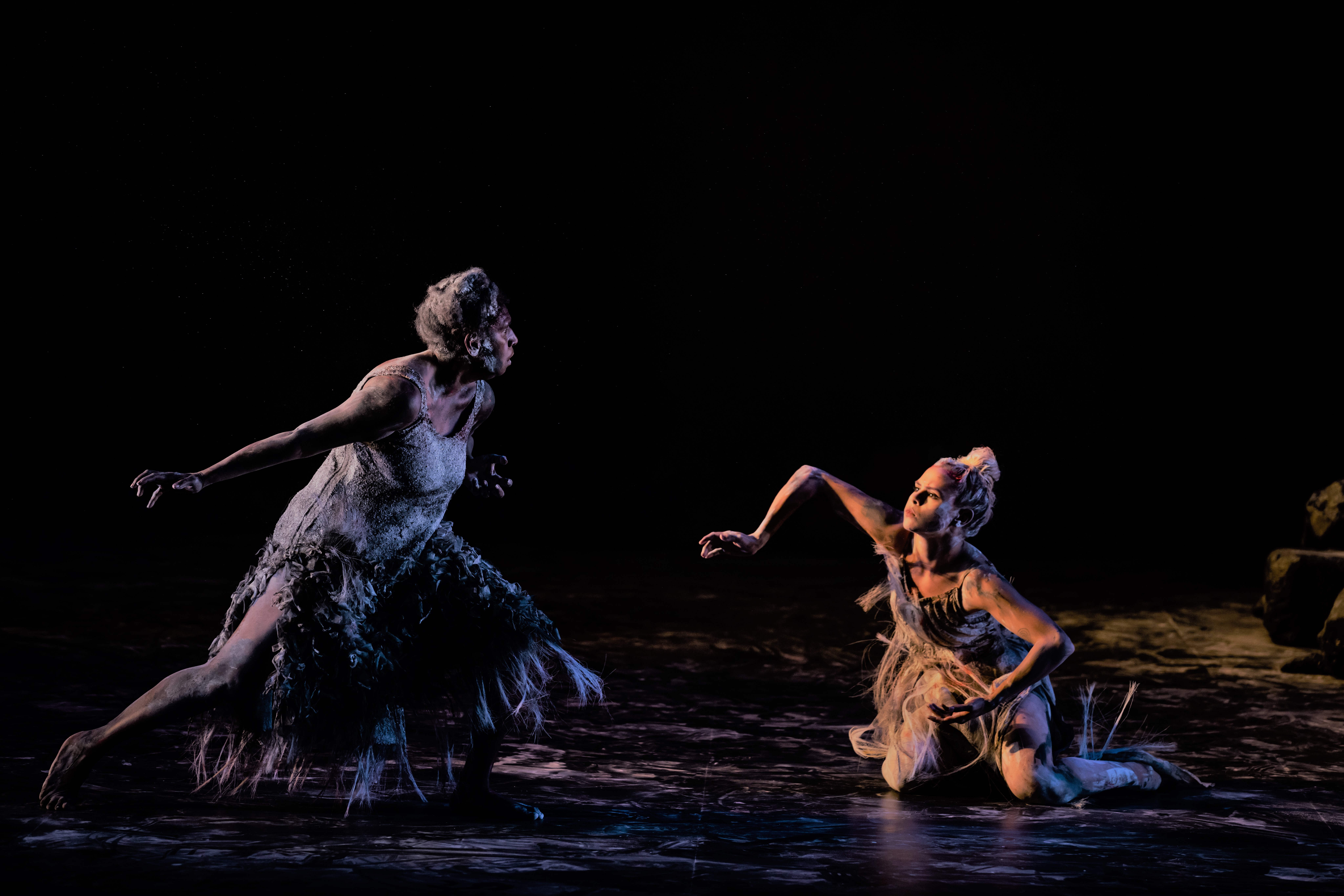
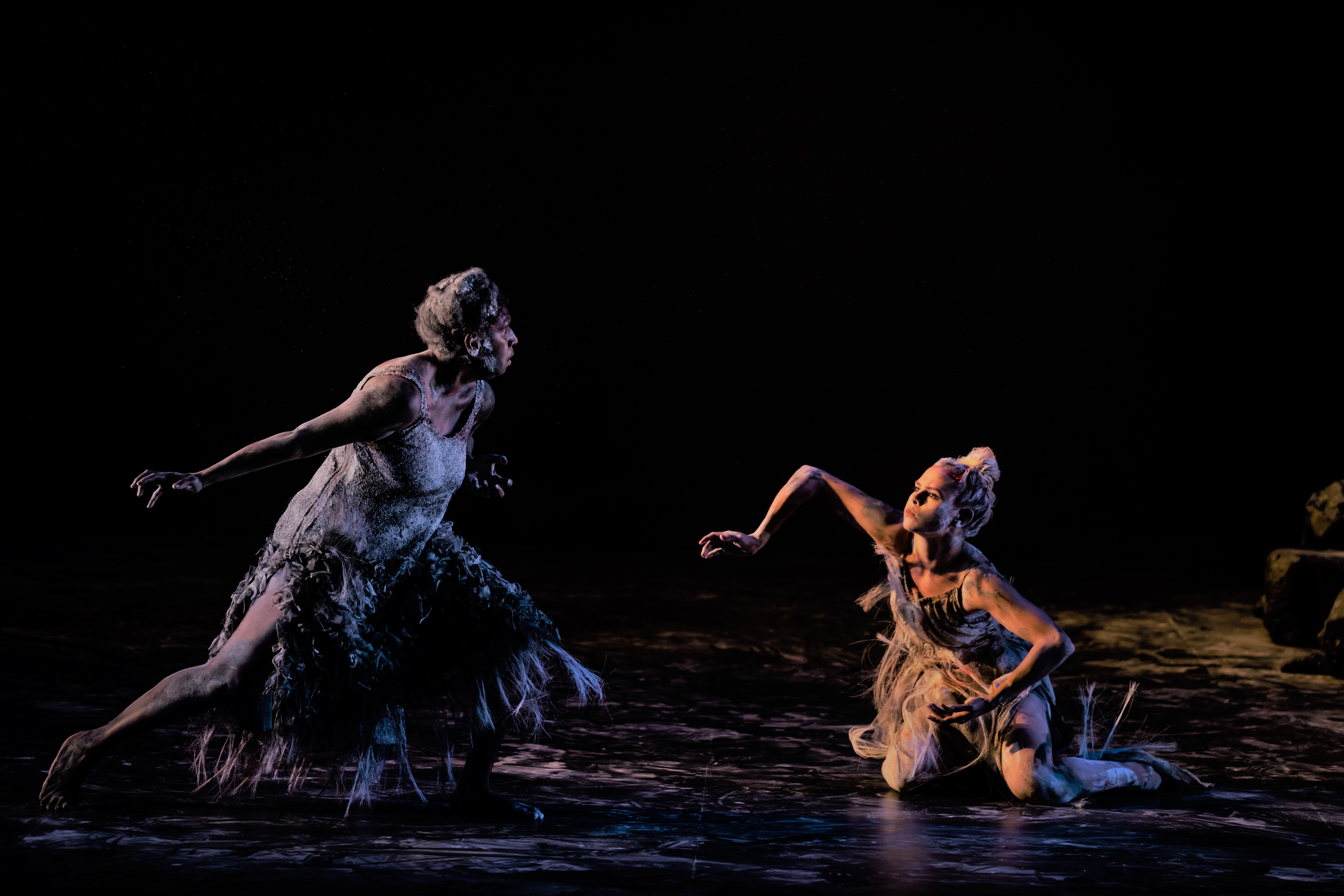
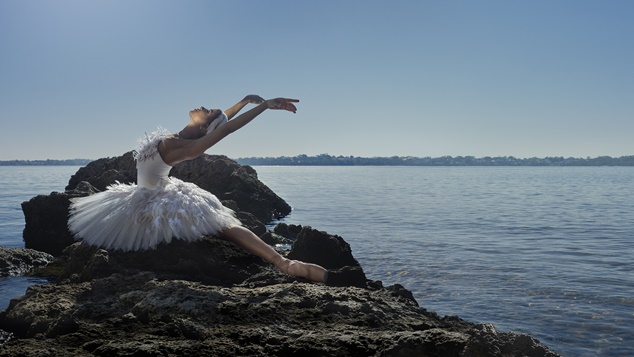




 ID; A photo of a white male, slim build, 6′ 2″ tall, wheelchair user with a shaved head, green eyes and sculpted facial stubble, wearing a black at cap, black jumper and a black & grey scarf around his neck. Poised in front of a grey background. Photo credit; Maurice RamirezMarc is a Disabled choreographer, director and dancer. His lecture titled ‘Point of the Spear’ will share his personal experience of the importance of being an advocate for accessibility and inclusion. How, collectively, we all need to work together to be Inclusive in our thinking and actions to make the world equitable for all.
ID; A photo of a white male, slim build, 6′ 2″ tall, wheelchair user with a shaved head, green eyes and sculpted facial stubble, wearing a black at cap, black jumper and a black & grey scarf around his neck. Poised in front of a grey background. Photo credit; Maurice RamirezMarc is a Disabled choreographer, director and dancer. His lecture titled ‘Point of the Spear’ will share his personal experience of the importance of being an advocate for accessibility and inclusion. How, collectively, we all need to work together to be Inclusive in our thinking and actions to make the world equitable for all.